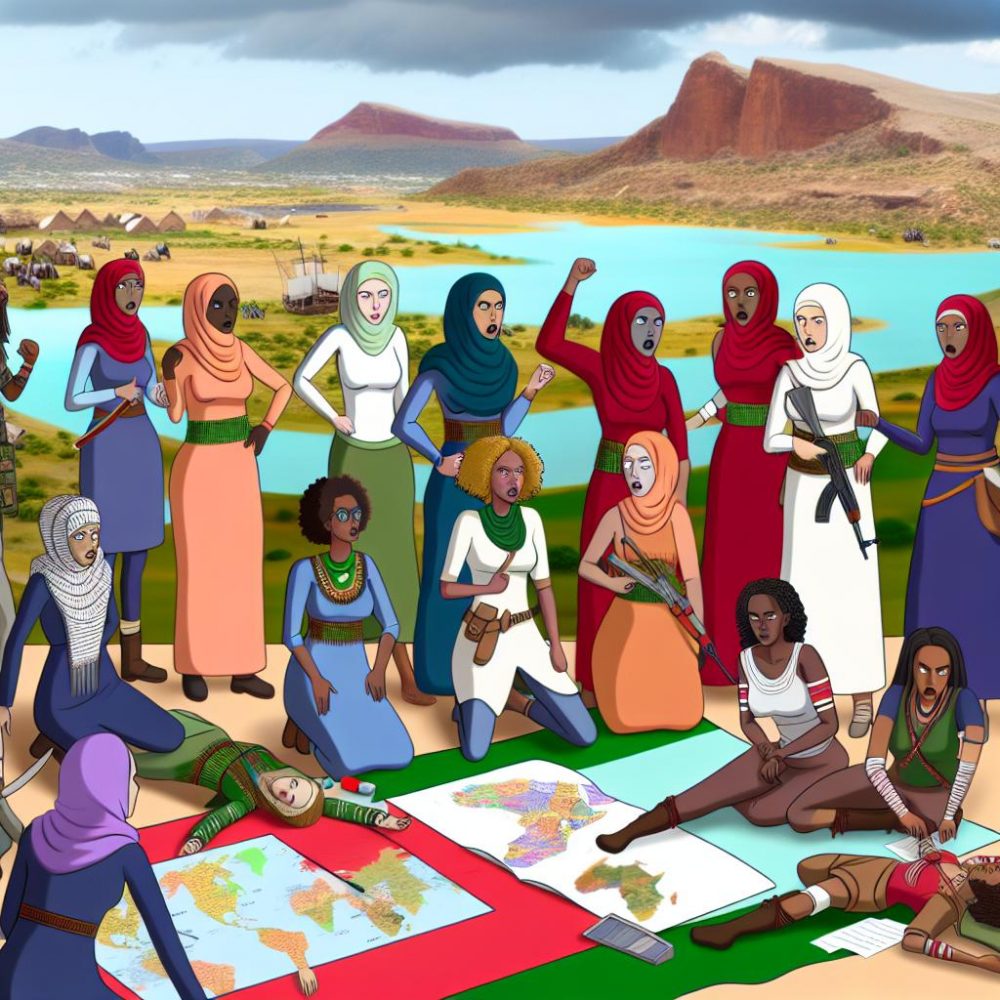
Introduction to Women’s Roles in Somaliland’s Resistance Movements
The history of Somaliland’s resistance movements is marked by the significant contributions of women who played diverse and essential roles. Despite the primarily male-dominated narratives of resistance struggles, women’s involvement has been pivotal in various aspects, from organizing and intelligence gathering to providing medical care and logistical support.
Historical Context of Women in Somaliland
The role of women in Somaliland’s resistance movements cannot be fully appreciated without understanding the broader historical and cultural context in which they operated. During the colonial period and the subsequent struggles for independence, women in Somaliland were not passive observers. They were actively engaged in the socio-political life, contributing to the cultural and political landscape that would influence the nature of resistance movements. This participation laid the groundwork for their active involvement in later struggles for autonomy and self-determination.
Organizational Roles and Leadership
Women in Somaliland’s resistance movements often took on critical organizational roles. They were involved in the formation and management of support networks that provided necessary resources and information. These networks were crucial in sustaining resistance activities and included a range of logistical and strategic support systems. Women’s leadership extended to local communities where they galvanized support for the resistance cause.
Their roles were not confined to behind-the-scenes activities. Women often emerged as prominent figures within the resistance movements. Through their leadership, they were able to coordinate various activities, including rallies, communications, and resource distribution. Their ability to organize and lead was instrumental in nurturing a sense of community and shared purpose among the resistance fighters and their supporters.
Intelligence Gathering and Communication
In many resistance movements, women were integral to intelligence operations. They acted as messengers, relaying critical information while maintaining a low profile, which was crucial for the success of many operations. The covert nature of their work enabled resistance leaders to make informed decisions and strategize effectively against opposing forces.
Women’s ability to move across different territories without drawing undue attention made them valuable assets in communication networks. Their involvement in intelligence gathering was not just about collecting information. They also played a role in analyzing and disseminating it, ensuring that only relevant and actionable intelligence reached key figures within the resistance. This aspect of their involvement underscores their strategic importance in the overall resistance efforts.
Medical and Logistical Support
The contributions of women in providing medical care and logistical support were indispensable. Many women served as nurses and caregivers, tending to the wounded and ensuring the health and well-being of resistance fighters. Their role extended beyond mere caregiving. Many took on the responsibility of organizing makeshift clinics and coordinating medical logistics in often dangerous and challenging environments.
Beyond medical support, women were also responsible for managing the distribution of supplies, from food to medical equipment, ensuring the sustainability of prolonged resistance efforts. Their ability to maintain supply lines and manage logistical challenges was key to the operational effectiveness of the resistance groups. This multifaceted support system was a critical component of the overall resistance strategy.
Advocacy and International Awareness
Women were not only involved in grassroots activities but also played a crucial role in advocacy and raising international awareness about the struggles of Somaliland. They engaged in efforts to garner international support and bring attention to human rights violations, amplifying the reach and impact of the resistance.
Women’s advocacy went beyond mere awareness-raising. They were actively involved in diplomatic efforts, often liaising with international organizations and foreign governments. Their ability to present the resistance movement’s objectives and challenges on international platforms helped in securing moral and material support. Their advocacy was rooted in a deep understanding of both local issues and global perspectives, allowing them to effectively communicate the resistance narrative to a broader audience.
Conclusion
The roles of women in Somaliland’s resistance movements are a testament to their resilience, resourcefulness, and leadership. Their multifaceted involvement has been crucial in steering the course of Somaliland’s history. Despite operating in environments often hostile to women’s participation in socio-political life, they managed to carve out spaces for themselves, ensuring that their voices and contributions were invaluable to the resistance cause.
For those interested in delving deeper into the history and impact of women’s roles in resistance movements, a wealth of resources are available. Academic publications provide in-depth analyses and historical accounts, while historical archives offer firsthand accounts of these remarkable contributions. These resources not only celebrate the achievements of women in Somaliland but also serve as a reminder of the ongoing struggle for gender equality and recognition in all areas of political and social engagement.